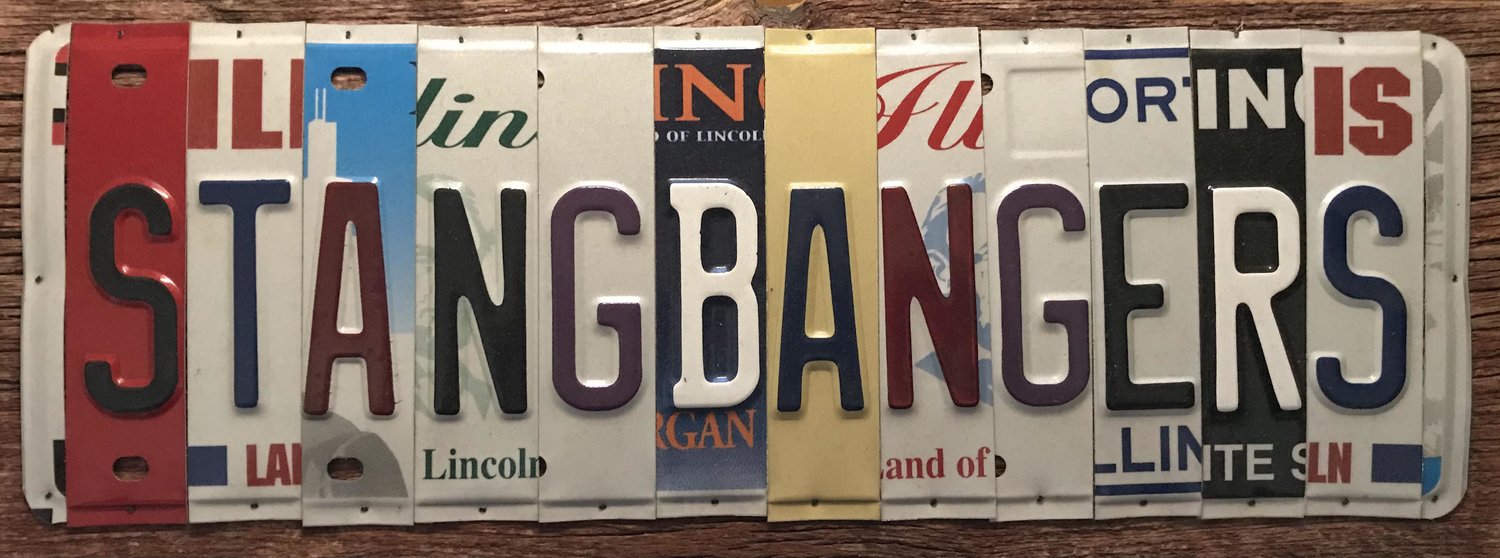Why Ford Put the Mustang Name on the Mach-E Electric Crossover
Ford’s brand director for battery electric vehicles explains the reasoning behind making the Mach-E part of the Mustang family.
For the first time in its six decades on the market, the Mustang nameplate has grown to encompass a new derivative. No longer a single, two-door model with scores of trim levels, it now represents a family. And the first addition to that tribe — the five-door, all-wheel-drive, battery-powered Mustang Mach-E SUV — is nothing like its progenitors. This presented a quandary for those charged with penning this offspring.
“The big challenge became, how do we as a design team make a double-leap with Mustang?” says Jason Castriota, formerly of Pininfarina, Saab, and American supercar maker SSC, and now Ford’s global brand director for battery electric vehicles. “So not only are we going to make an electric Mustang, but an electric SUV Mustang.”
As it turns out, such a dual jump is not so easy, especially when the decision to do so occurs deep into a vehicle’s development process. Ford discovered, through their competitive intelligence spies, that there would be a bevy of BEVs buzzing into the market around the time their project was set to debut. So distinctiveness was paramount. “The idea of how do we stand out in the crowd, how do we cut through all the noise and the clutter of yet another all-electric vehicle, became really the essential question that we had to solve,” Castriota says.
The car needed a profile boost. And as the small skunkworks group analyzed the problem, it determined that the best answer was to draw from Ford’s extant icons. “It became readily apparent to the team that this car needed to be a Mustang,” Castriota says. “This led to massive changes in the vehicle architecture, massive changes in the proportions, in the silhouette, and of course to the drivetrain and the performance of the vehicle as well.”




